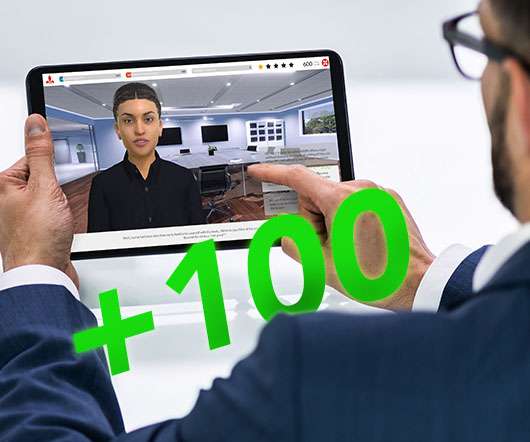Custom eLearning Development Costs – Results From Chapman Alliance Study
Upside Learning
SEPTEMBER 14, 2010
Bryan Chapman from the Chapman Alliance informed me this morning about the completion of a study they started last month to collect data about the time and cost of custom elearning development. The report is available for download here. I had participated in the study and find the results align well with our own data. The study categorizes custom elearning into 3 levels as below: Level.








































Let's personalize your content